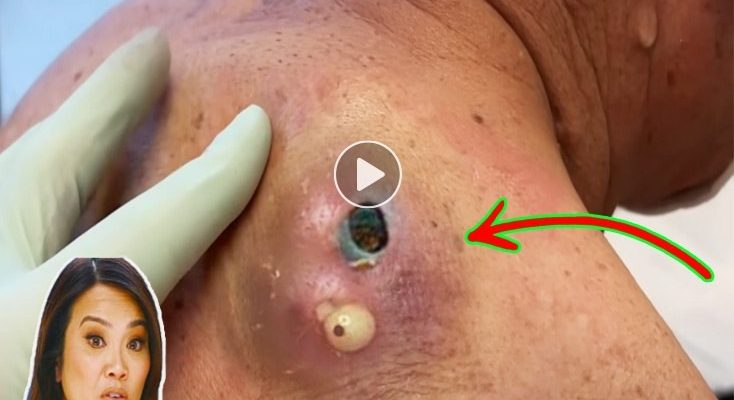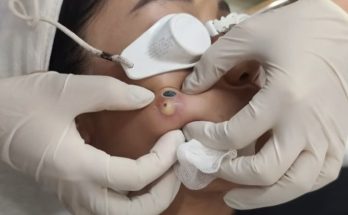Acne is one of the most common skin conditions in the world, affecting people of all ages, especially teenagers and young adults. Although it often appears on the face, acne can also occur on the back, chest, shoulders, and neck. At its core, acne develops when hair follicles become clogged with excess oil (sebum), dead skin cells, and bacteria. This mixture results in whiteheads, blackheads, pimples, papules, or cysts. Acne is influenced by several internal and external factors. Hormones play a major role, which is why flare-ups often occur during puberty, menstrual cycles, pregnancy, or periods of high stress. Increased androgen hormones stimulate the sebaceous glands, causing them to produce more oil. Genetics also affect how prone someone is to breakouts—if a parent had severe acne, the likelihood increases. Lifestyle and environmental factors contribute as well. Diets high in sugar and dairy may worsen breakouts for some people. Stress can cause hormonal shifts that lead to excess oil production. Certain makeup products, skincare habits, or even clothing that traps sweat can contribute to clogged pores. Beyond the physical symptoms, acne carries emotional weight. It can affect confidence, self-esteem, and social comfort. Many people feel frustrated when breakouts persist despite their efforts. Understanding that acne is a medical condition—not a personal flaw—is an important part of its treatment. Treating acne requires patience, consistency, and a combination of lifestyle habits and proper skincare. The most effective strategies include the following: 1. Gentle, Consistent Skincare Routine : A simple skincare routine helps reduce breakouts without irritating your skin.
Cleanse twice daily using a gentle, non-comedogenic cleanser. Avoid harsh scrubs, which can worsen inflammation.
Avoid over washing, as it triggers more oil production.
Moisturize, even if your skin is oily. opt for lightweight, oil-free moisturizers to maintain hydration without clogging pores.
Use sunscreen daily. Many acne treatments make the skin sensitive to sunlight, and sun damage can worsen dark marks after acne heals.
2. Proven Over-the-Counter Ingredients
Several ingredients are medically proven to fight acne: Benzoyl peroxide: Kills acne-causing bacteria and helps prevent new pimples. Salicylic acid: Exfoliates inside the pores, dissolving oil and dead skin buildup.
Adapalene (a topical retinoid): Increases cell turnover, helps unclog pores, and reduces inflammation. It is one of the most powerful and widely recommended acne treatments.
Sulfur or azelaic acid: Reduce redness, bacteria, and clogged pores, especially for sensitive skin.
Using these ingredients consistently—while introducing them slowly to avoid irritation—can significantly improve acne over time.
3. Prescription Treatments (For Moderate to Severe Acne)
When over-the-counter products aren’t enough, dermatologists can prescribe stronger options:
Topical retinoids (tretinoin, adapalene, tazarotene)
Topical antibiotics
Oral antibiotics for short-term use
Hormonal treatments such as birth control pills or spironolactone for hormone-related acne
These treatments help reduce active breakouts and improve skin texture over time.
Conclusion
Acne is a complex but manageable condition. Understanding its causes helps you choose the right approach. With a consistent routine, proven treatments, and lifestyle changes, most people can achieve clearer, healthier skin. Be patient—acne improvement takes weeks, not days—and remember that your worth is never defined by a temporary skin condition.



